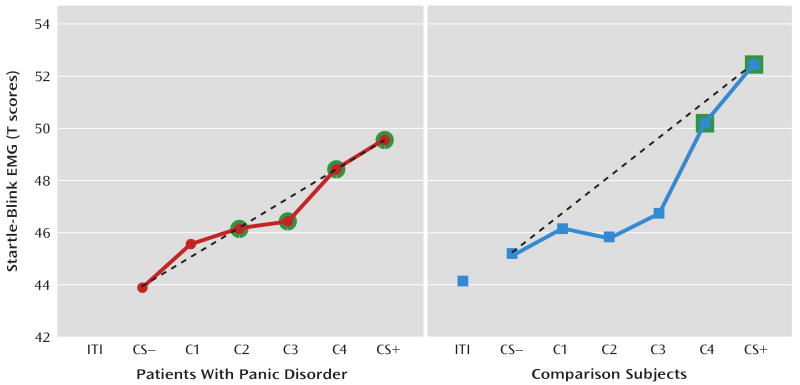FIGURE 2. Average Standardized Startle-Blink EMG Magnitudes at Generalization Test, by Group, for Conditioned Stimuli Paired (CS+) and Unpaired (CS−) With Shock, Classes of Generalization Stimuli (Classes 1–4 [C1–C4]), and Intertrial Intervals (ITIs)a.
a The dotted lines refect linear decreases in startle from CS+ to CS− with which to visualize the deviation of gradients from linearity. Such deviations refect a significant quadratic component in the generalization gradient of healthy comparison subjects (p=0.001) but not patients with panic disorder (p=0.62). The data points outlined in green mark stimulus classes for which startle is potentiated relative to the CS− (at the Hochberg-adjusted p value) for each group. Startle EMG was standardized using within-subject T score transformations ([([EMGsingle trial − EMGmean]/SD)*10]+50).

